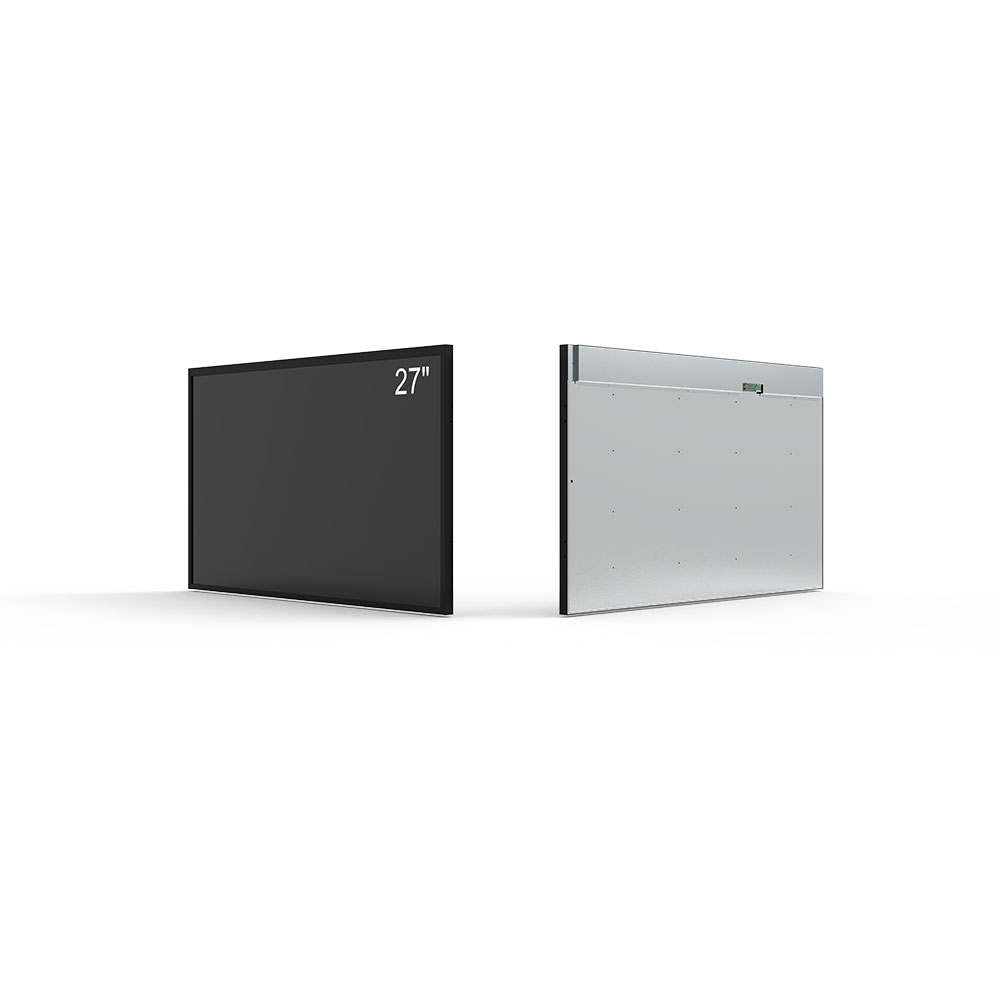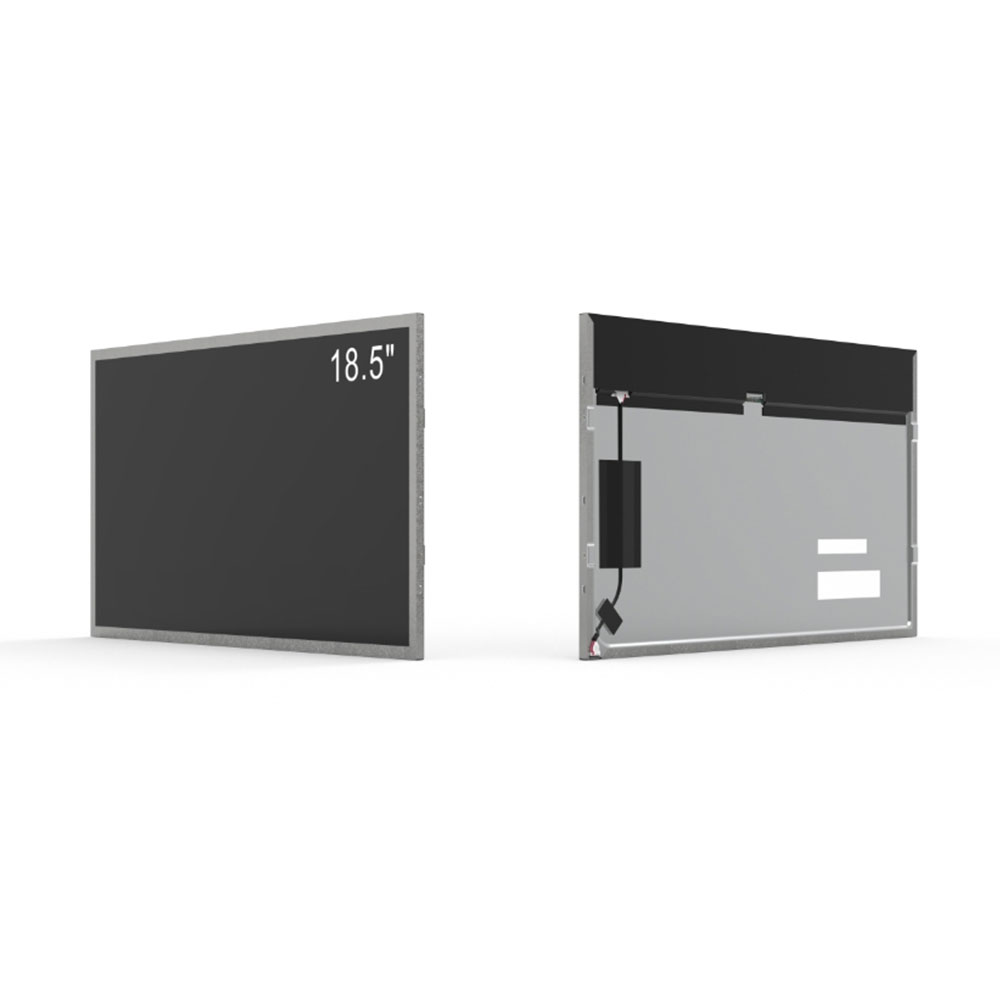When designing or sourcing industrial equipment for overseas markets, choosing the right display technology is critical—especially when devices must operate reliably under harsh environmental conditions. A sunlight readable high brightness LCD screen is not just a luxury; it’s a necessity for ensuring operational visibility and user safety in outdoor or high-ambient-light environments such as construction sites, mining operations, agricultural machinery, and military logistics.
The key metric for evaluating these displays is brightness, typically measured in nits. For sunlight readability, manufacturers recommend a minimum of 1000 nits, though 2000–5000 nits are increasingly common in demanding applications. This range ensures visibility even under direct sunlight at noon, where ambient light can exceed 100,000 lux. Industry standards like MIL-STD-810G and IEC 60945 define environmental resilience requirements that sunlight readable LCDs must meet—including shock, vibration, temperature extremes (-30°C to +70°C), and humidity resistance.
Another crucial factor is anti-glare coating and optimized contrast ratios (typically 1000:1 or higher). These features reduce reflection while enhancing image clarity. Passive matrix (STN) or active matrix (TFT) technologies are both used, but TFT-LCDs offer superior response times and color accuracy—ideal for real-time monitoring systems in heavy machinery. Some advanced models incorporate automatic brightness adjustment (ABA) using ambient light sensors, which improves energy efficiency without sacrificing visibility.

For overseas distributors and OEMs, compatibility with existing control systems matters. Look for standardized interfaces such as LVDS, RGB, or MIPI DSI, and ensure the display supports wide operating voltages (e.g., 5V–24V DC) for integration into diverse industrial power environments. Certification compliance (CE, FCC, RoHS) is also essential for legal market entry in Europe, North America, and other regulated regions.

Case studies from global clients—like an agricultural tractor manufacturer in Australia who switched from standard LCDs to 3000-nit sunlight-readable displays—show a 40% reduction in operator errors during daytime fieldwork. Similarly, a defense contractor in the U.S. reported improved situational awareness in unshielded command vehicles after implementing high-brightness, ruggedized displays meeting IP65 ratings.
In conclusion, selecting a sunlight readable high brightness LCD screen requires balancing technical specifications with real-world application needs. Partnering with experienced suppliers who provide engineering support, rigorous testing data, and long-term warranty coverage ensures reliability across global deployment scenarios.







